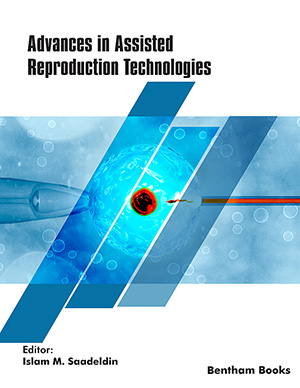Abstract
The biotechnological production of intracellular tyrosine phenol lyase finds important applications in pharmaceutical industry for the development of novel therapeutic molecules like L-DOPA. Cell disruption is one of the important steps in the downstream processing of intracellular enzymes and bioprocess industry demands this operation to be energy, cost and time efficient. The efficiency of the disruption process for the release of tyrosine phenol lyase from Citrobacter freundii in a bead beater with zirconium beads was studied. Under optimum conditions of cell disruption (0.1mm zirconium beads, 6mg/mL dcw cells, 1mM EDTA, 0.7mM DTT and 9 disruption cycle), the specific activity of enzyme reached to 0.038 IU/mg. The stability of cell free tyrosine phenol lyase increased by 5.8-fold by addition of EDTA and DTT. The disruption of C. freundii cells with beads seems to be effective as evidenced by transmission electron microscopy. This cell free enzyme with enhanced stability can be used subsequently in suspension or immobilized form for the biotransformtion reactions.
Keywords: Cell disruption, intracellular enzymes, tyrosine phenol lyase, Citrobacter freundii, bead beater, TEM.

























